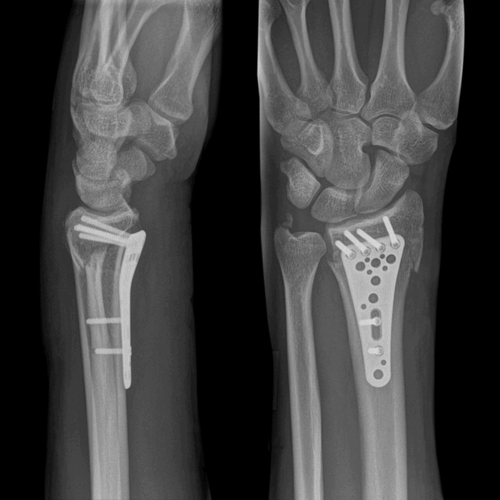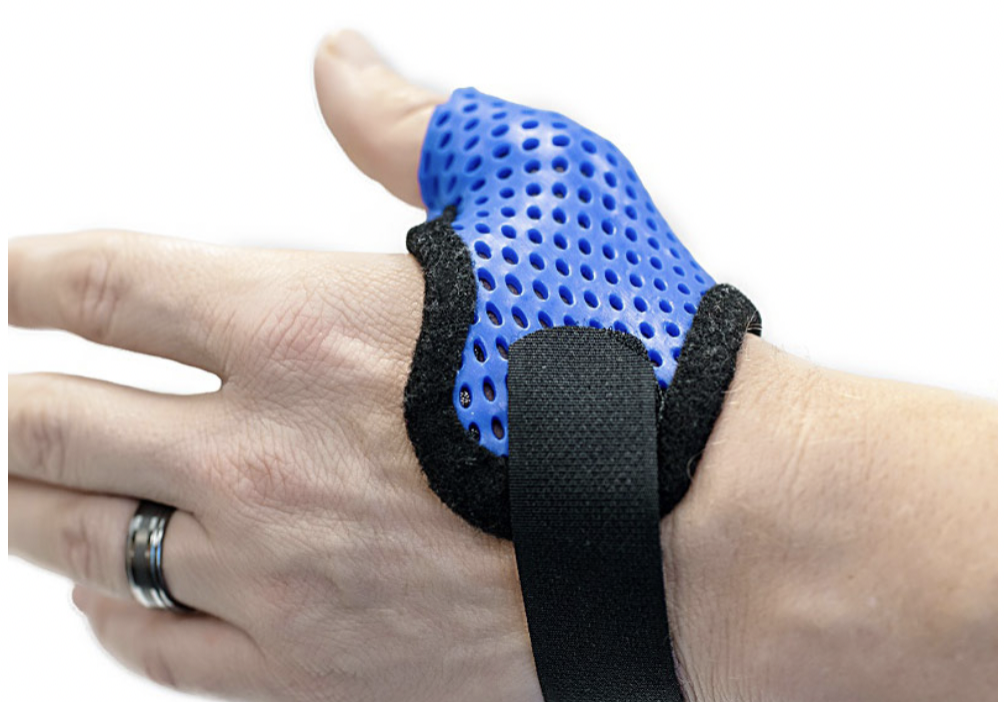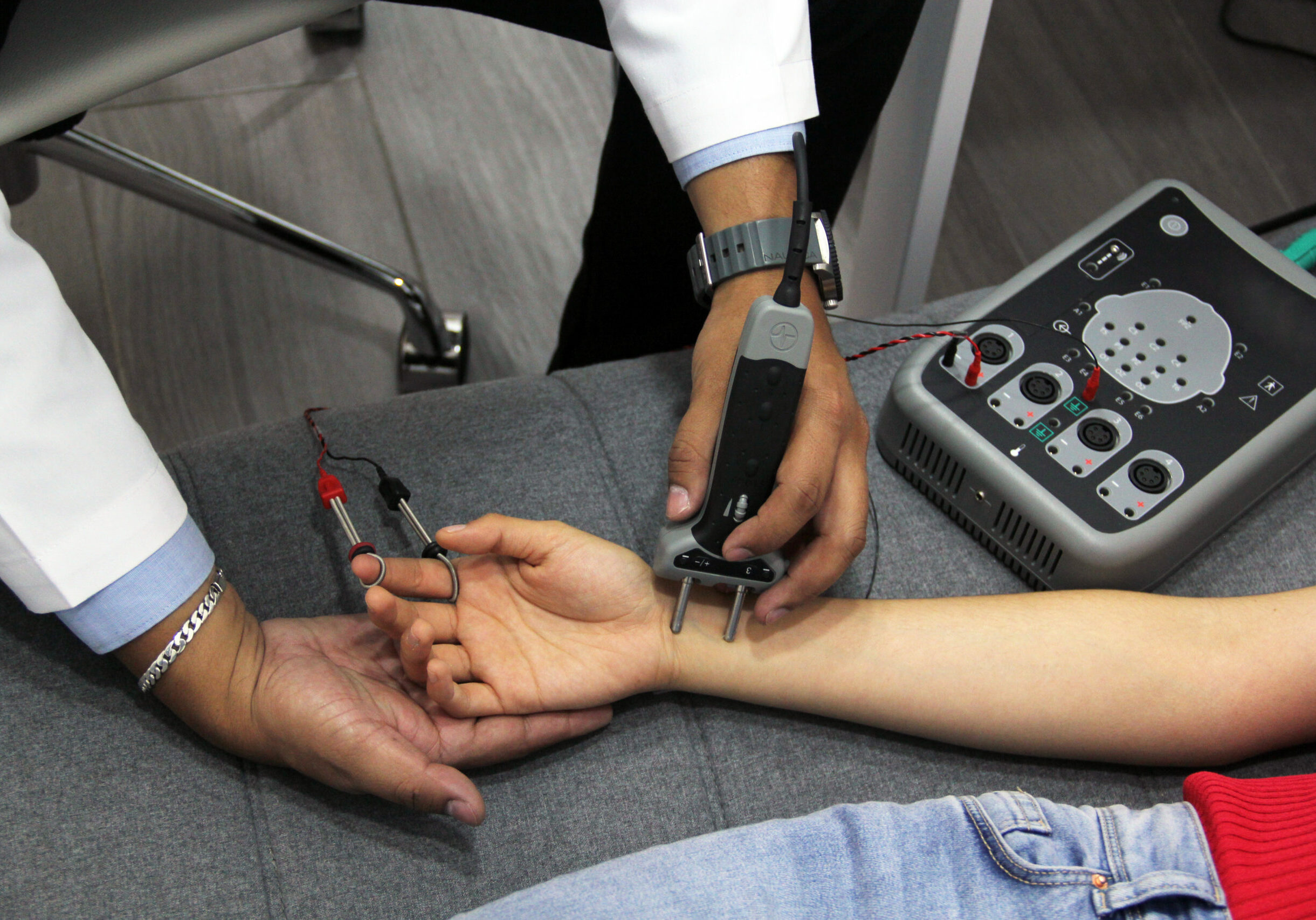An evaluation of wrist and forearm range of motion during purposeful activities and exercises for distal radius fracture
Filed under Reviews
An evaluation of wrist and forearm movement during purposeful activities and range of movement exercises after surgical repair of a distal radius fracture: A randomized crossover study
Collis, J., Mayland, E., Wright-St Clair, V., Rashid, U., Kayes, N., & Signal, N. 2022. An evaluation of wrist and forearm movement during purposeful activities and range of movement exercises after surgical repair of a distal radius fracture: A randomized crossover study, Journal of Hand Therapy, https://doi.org/10.1016/j.jht.2022.07.009
The Skinny
This study investigated how range of motion exercises compared to purposeful activities impact rehabilitation of postoperative distal radius fractures and the movement patterns of the wrist each of the interventions produces.

In the Weeds
Thirty-five adults with a surgical repair of a distal radius fracture participated in two ten-minute intervention sessions, including range of motion exercises and meaningful activities that each participant chose the previous day. Electrogoniometers were used to measure four different movement patterns of the wrist during the interventions. These included accumulated joint position over time, maximum active end range, numbers of repetitions, and excursions beyond 75% of available ROM and percentage of active movement time.

Bringing it Home
The purposeful activities required more repetitions, time of movement, and range of movement when compared to range of motion exercises only. The range of motion exercises was significant in providing more accumulation of joint position and end range of movement with supination. These findings suggest that along with other psychosocial benefits of purposeful activities used as therapeutic interventions, these activities also require the affected wrist to move in greater ranges of motion for a longer amount of time, which increases the repetition of wrist movement. This is important for the beginning phases of postoperative rehabilitation for distal radius fractures.
Rating
⅘
Due to the study’s small sample size, the evidence cannot be generalizable. However, this study provided helpful insight for hand therapists to incorporate purposeful and meaningful activities into treatment for the commonly seen diagnosis of distal radius fractures. This article also encourages more research to be done regarding purposeful activities in hand therapy practice.
More To Read
Effectiveness of Conservative Therapy and Splinting for 1st CMC OA
Tsehaie, J., Sprekraijse, K., Wouters, R., Slijper, H., Feitz, R., Hovious, S., & Selles, R. (2018). Outcome of a Hand Orthosis and Hand Therapy for Carpometacarpal Osteoarthritis in Daily Practice: A Prospective Cohort Study. American Society for Surgery of the Hand, 1-11. The skinny: Non-surgical approaches (hand therapy & orthotics) are typically the go-to for…
Read MoreVideo Augmented Hand Therapy after CVA with hemiplegia.
The previous rapid review discussed the positive outcomes of video-augmented hand therapy after a CVA with hemiplegia. Please watch this vlog to discover how to make the video augmented box to make it easily integrated into your clinic. Video By: Shannon Skowbo
Read MoreDo you know the difference between an Electromyography (EMG) and a Nerve Conduction Velocity (NCV) Study?
Do you know the difference between EMG and NCV (an Electromyography and a Nerve Conduction Velocity Study? The term nerve test is usually a broad term that typically indicates both an Electromyography (EMG) and a Nerve Conduction Velocity (NCV) study (EMG vs NCV). An EMG looks at the electrical signals your muscle makes when at…
Read MoreSign-up to Get Updates Straight to Your Inbox!
Sign up with us and we will send you regular blog posts on everything hand therapy, notices every time we upload new videos and tutorials, along with handout, protocols, and other useful information.





